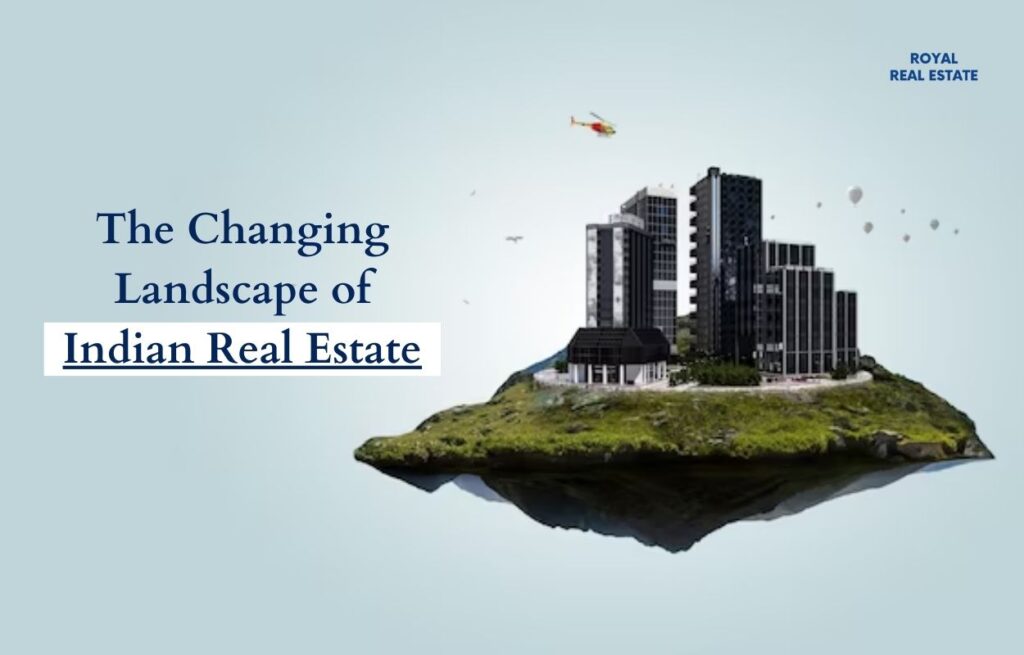The Indian real estate sector is experiencing a significant transformation, driven by the rapid growth of the nation’s middle class. This evolution is fueled by urbanization, rising incomes, and improved access to education, drawing the interest of investors, developers, and end-users alike.
With the residential market serving as a barometer of societal aspirations and economic vigor, let’s explore the key trends shaping the Indian real estate landscape.
Rise of Low-Density Housing
There is a notable overflow in demand for low-density housing options such as villas, townhouses, and plotted developments. These options prioritize harmony with nature, privacy, and space, appealing to homebuyers seeking a rest from crowded urban centers.
Developers are introducing meticulously planned, low-density projects with ample green spaces, reflecting a growing appreciation for balanced living environments.
Technological Integration
Technology integration is revolutionizing residential living, enhancing convenience, security, and comfort. Smart homes equipped with IoT devices, home automation systems, and AI-powered assistants are becoming increasingly popular, offering residents a seamless living experience.
The projected growth in the smart home market underscores the importance of technological advancements in shaping the future of real estate.
Increased Preference for Homeownership
The COVID-19 pandemic has prompted a notable shift in societal perspectives towards homeownership.
Many individuals now prioritize owning a home over rental arrangements, recognizing the intrinsic value of security and stability it offers. The increased demand for housing loans and residential property purchases reflects this renewed emphasis on homeownership.
Also Read- India’s Real Estate Market Attracts Global Investors in 2024
Luxury Housing
Premium and luxury housing have become focal points of the real estate market, attracting discerning buyers seeking unparalleled living experiences.
The demand for luxury properties is driven by changing demographics, technological integration, and rising income levels. Millennials, in particular, are gravitating towards luxury homes, drawn by the promise of high returns on investment and significant rental income.
Tier 2 Emergence
Tier 2 cities have emerged as strong players in the real estate market, fueled by growing investment activity and infrastructure development.
These cities offer attractive residential and commercial prospects, attracting developers and investors. The government’s push for smart cities further bolsters the growth of Tier 2 real estate markets, presenting new opportunities for growth and development.
Conclusion
The Indian real estate sector is experiencing a period of remarkable growth and transformation, driven by a combination of factors including urbanization, rising incomes, and technological advancements.
The emergence of trends such as low-density housing, technological integration, and increased preference for homeownership reflects changing consumer preferences and societal dynamics.
As the sector continues to evolve, there are abundant opportunities for investors, developers, and end-users to capitalize on India’s burgeoning real estate market and contribute to its growth and development.



